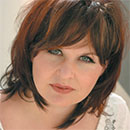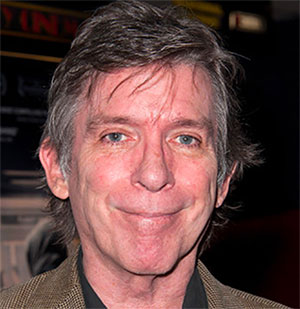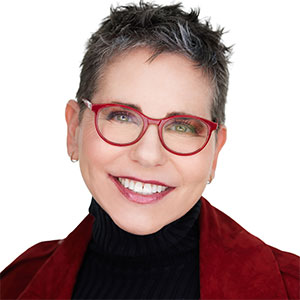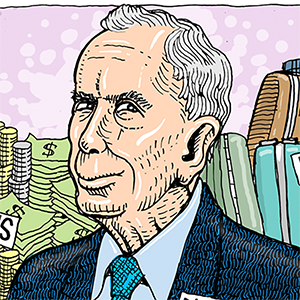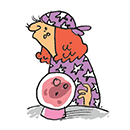Entertainment
/ArcaMax
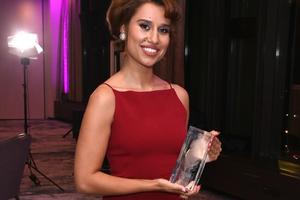
Raye stuns locals by secretly shutting down street for new music video
Raye stunned local Brits when she shut down a whole street in freezing temperatures to shoot her new music video.
The 28-year-old singer-songwriter left residents in Walthamstow, East London, shocked on Tuesday (06.01.26) when they opened their curtains to see her dancing on their road in a red velvet dress, despite Britain being plunged into ...Read more
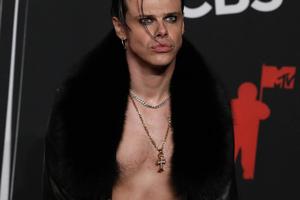
Yungblud started his own festival to fight high ticket prices
Yungblud started his own festival to fight high ticket prices.
The 28-year-old rocker launched Bludfest at the Milton Keynes Bowl in 2024 and he's now revealed he came up with the plan to create his own music event because he was struggling to book slots at established festivals and he was outraged by soaring ticket prices.
He told the ...Read more
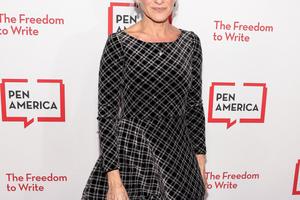
Sarah Jessica Parker: The Family Stone sequel is a 'bittersweet quandary' after Diane Keaton loss
Sarah Jessica Parker says a sequel to The Family Stone is a "bittersweet quandary" following Diane Keaton's death.
The 60-year-old actress "hopes" the follow-up movie to the beloved 2005 Christmas classic will still be made, despite the iconic actress - who played Sybil Stone in the festive film - passing away in October aged 79.
She told ...Read more
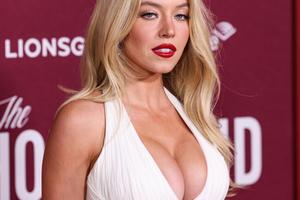
Sydney Sweeney's The Housemaid sequel gets green light
Sydney Sweeney is set to bring her movie The Housemaid back to cinemas with a sequel.
The 28-year-old actress starred as Millie Calloway in the thriller - based on Freida McFadden's 2022 novel of the same name - opposite Amanda Seyfried and now it's been revealed bosses at Lionsgate Studios are moving ahead with plans to bring the second book ...Read more
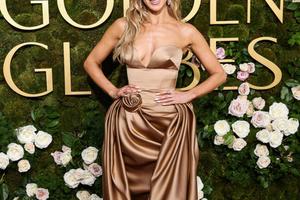
'You can't make fun of America's Sweetheart!' Nikki Glaser on star she cannot roast at Golden Globes
Nikki Glaser has been warned off making jokes about "America's sweetheart" Julia Roberts at the Golden Globe Awards.
The 41-year-old comedian will take to the stage at the Beverly Hilton in Beverly Hills, California, on Sunday (11.01.26) to host the glitzy awards ceremony for the second year in a row, but she will play it safe when talking ...Read more
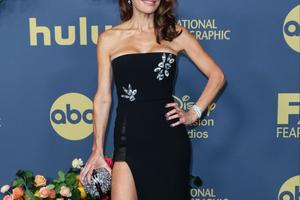
'They're 2 consenting adults!' Bethenny Frankel blasts Tom Brady and Alix Earle's haters
Bethenny Frankel has launched a foul-mouthed rant defending Tom Brady and Alix Earle's rumoured age-gap relationship.
The Real Housewives of New York star has blasted "legendary, disciplined athlete" Brady, 48, and 25-year-old "successful influencer" Earle's haters, insisting the pair can do what they like because they are "two consenting ...Read more
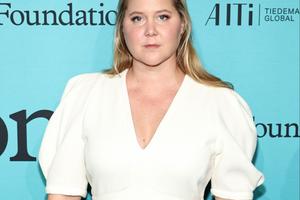
Amy Schumer files for divorce
Amy Schumer has filed for divorce from Chris Fischer.
The Trainwreck actress announced last month she had split from the 45-year-old chef - with whom she has six-year-old son Gene - and now New York County court records show she has officially filed to end their marriage.
Amy confirmed the end of her seven-year marriage to Chris on Instagram ...Read more

Kevin Hart sells rights to his name
Kevin Hart has signed away the rights to his name.
The Jumanji actor has agreed a contract with Authentic Brands Group - who already have branding deals with the likes of Shaquille O'Neal, David Beckham and the estate of Muhammad Ali - which will see him become a shareholder in the firm, and he and ABG will co-manage the 'Kevin Hart' brand, ...Read more
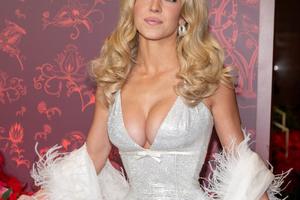
Sydney Sweeney befriended a ghost
Sydney Sweeney believes she was friends with a ghost.
The Housemaid actress had an imaginary pal when she was a child but "creeped out" her mom when it emerged the person she was seeing in the playground had died years before.
She told W magazine: "I think I've seen a ghost. When I was little, I used to have an imaginary friend. He would be on...Read more
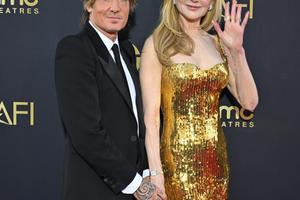
Nicole Kidman and Keith Urban finalize divorce
Nicole Kidman and Keith Urban have finalized their divorce.
The couple announced in September 2025 that they had separated after 19 years of marriage and on Tuesday (06.01.26), the pair officially finalized their split in a Nashville court.
According to documents obtained by Us Weekly, neither Nicole nor Keith will pay alimony or spousal ...Read more

Jesy Nelson thanks fans for support
Jesy Nelson has thanked fans for their love and support after she revealed her daughters have a rare genetic condition.
The former Little Mix singer - who gave birth to her and fiance Zion Foster's twins Ocean Jade and Story Monroe prematurely last May after a difficult pregnancy - revealed on Sunday (04.01.26) that her babies have SMA1 (Spinal...Read more

Mandy Moore feels 'certain sadness' over family decision
Mandy Moore feels a "certain sadness" about never being pregnant again.
The 41-year-old singer-and-actress - who has Gus, four, Ozzie, three, and 16-month-old Lou with husband Taylor Goldsmith - is "endlessly grateful" to have a "beautiful family" but a part of her laments the fact she has no plans to have another baby in the future.
She ...Read more
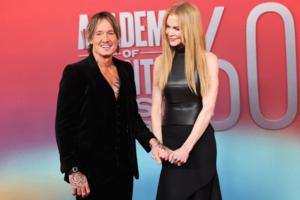
Nicole Kidman, Keith Urban finalize divorce after less than 4 months
Nicole Kidman and Keith Urban are officially divorced less than four months after the Oscar winner filed to end their marriage.
A Tennessee judge finalized the divorce on Tuesday, ending the stars’ nearly two-decade union, according to legal documents obtained by TMZ.
Representatives for Kidman and Urban did not immediately respond to the ...Read more
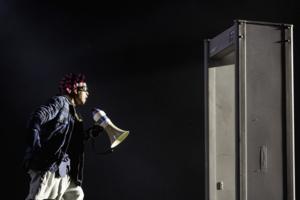
2026 Gov Ball lineup features Lorde, A$AP Rocky and 2 K-pop sensations
NEW YORK — The 2026 Governors Ball lineup was announced Tuesday with headliners for the three-day festival including New Zealand singer Lorde, South Korean acts Jennie and Stray Kids and Harlem’s A$AP Rocky.
The annual music festival will return to Flushing Meadows-Corona Park in Queens Friday June 5 through Sunday, June 7. Tickets are ...Read more
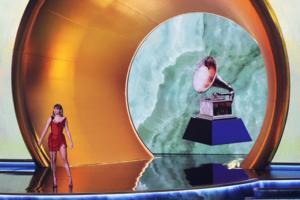
Why the album cover Grammy is making a comeback after more than 50 years
LOS ANGELES — Sometimes an album cover could be worth a thousand words. And the Grammys finally agree.
The 2026 ceremony will be the first time in 53 years that the award for best album cover will be presented. Previously, the award for a recording package included the album's visuals and physical materials. Last year, Charli XCX earned the ...Read more
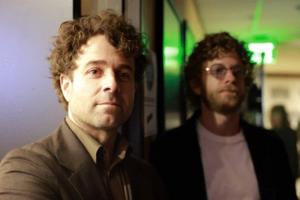
'This is for the other people': Dawes hosts Eaton fire benefit with star lineup
LOS ANGELES — Exactly one year after the devastating Eaton fire broke out, the Los Angeles folk-rock band Dawes will present an all-star benefit concert on Wednesday night for victims of the blaze that killed 19 people and destroyed more than 9,000 structures in the foothills of the San Gabriel Mountains.
Among those affected by the fire: the...Read more
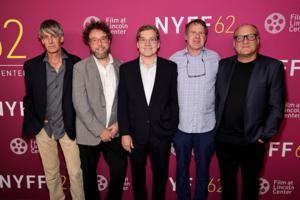
Pavement set to headline Bay Area festival pre-party
SAN JOSE, Calif. — If you’re a Bay Area music fan who believes that two days of Mosswood Meltdown just isn’t enough then, well, you’re going to love what’s in store for 2026.
For the first time, organizers are adding a third day — a big pre-party — to the mix for this popular punk/indie-rock festival at Mosswood Park in Oakland.
...Read more
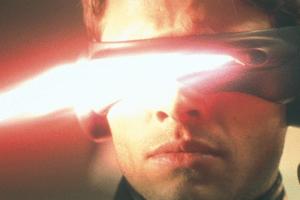
Cyclops unleashes a massive optic blast as the X-Men reassemble for 'Avengers: Doomsday'
LOS ANGELES — It’s official: The X-Men are making their big screen return in “Avengers: Doomsday.”
Marvel’s third teaser for its massive superhero crossover, released Tuesday, spotlights Ian McKellen’s Magneto, Patrick Stewart’s Charles Xavier and James Marsden’s Cyclops. It’s the latest “Doomsday” teaser that has been ...Read more

Josh Charles called out 'real jerk' Travis Kelce on Taylor Swift video set
Josh Charles branded Travis Kelce a "d***" on the set of Taylor Swift's music video.
The 54-year-old actor had a cameo in the 36-year-old singer's 2024 music video for Fortnight alongside his Dead Poets Society co-star Ethan Hawke and he admitted he wasn't impressed by the sportsman after the Kansas City Chiefs beat his beloved Baltimore Ravens...Read more
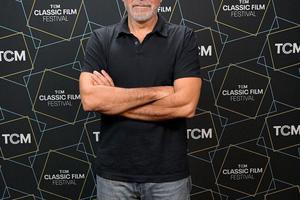
George Clooney had first kiss at 11
George Clooney had his first kiss "in the back of a church".
The 64-year-old actor - who has eight-year-old twins Alexander and Ella with wife Amal - was just 11 years old when he shared a smooch with a girl for the first time and recalled how they were "hiding" from their pals in the place of worship to get some privacy.
Speaking to W ...Read more
Inside Entertainment News
Popular Stories
- Aubrey O'Day fears Sean 'Diddy' Combs' prison sentence isn't long enough
- Amanda Seyfried was confused by Timothee Chalamet's shoutout to Kylie Jenner in Critics Choice Awards speech
- Mickey Rourke slams 'humiliating and embarrassing' GoFundMe campaign
- Josh Charles called out 'real jerk' Travis Kelce on Taylor Swift video set
- Rose McGowan questions whether Harvey Weinstein has served any jail time

